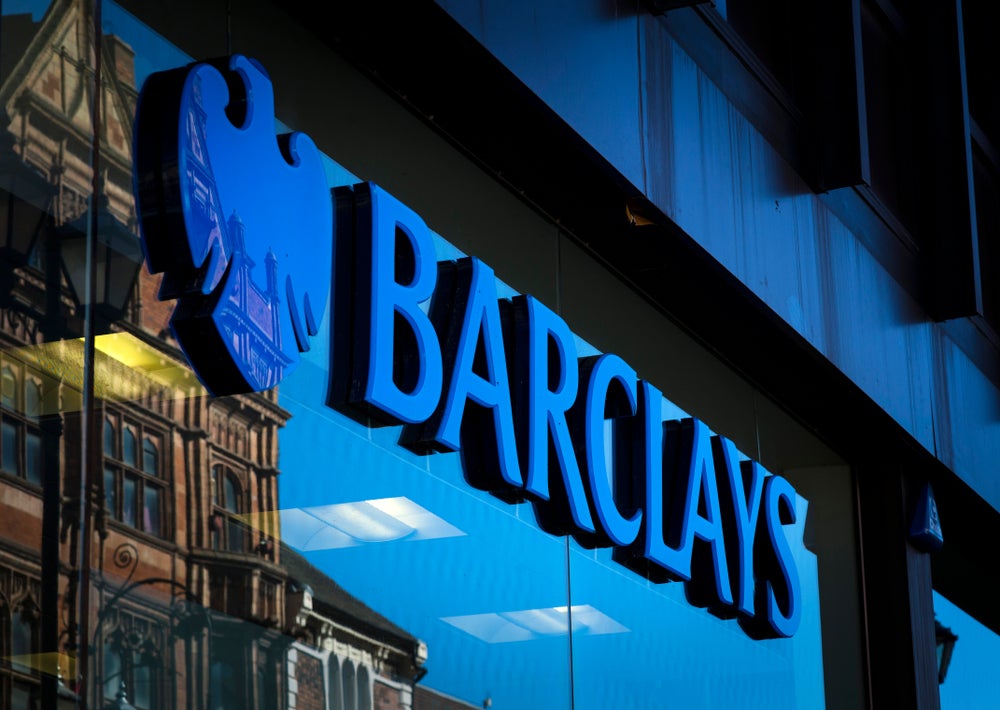JPMorgan Chase is expected to pose the greatest hazard to the financial system if it fails, according to a study conducted by the Office of Financial Research (OFR), a unit of the Treasury Department.
The study measured a group of 33 US banks managing over $50bn in assets, among which JPMorgan topped the list of risky banks with a systemic risk score of 5.05% for 2013.
The scores were based on various metrics including size, complexity, global activity, interconnectedness and substitutability.
JPMorgan scored high on a host of parameters such as size, complexity for over-the-counter derivatives, and for Level 3 assets or assets that are very illiquid.
JPMorgan was followed by Citigroup with a score of 4.27%, Bank of America with a score of 3.06%, Morgan Stanley at 2.60%, and Goldman Sachs at 2.48%.
According to the study, "Several of the largest banks scored high in systemic importance because they dominate specific businesses, such as payments and asset custody services. Others scored high in complexity because of their trading and derivatives businesses."
How well do you really know your competitors?
Access the most comprehensive Company Profiles on the market, powered by GlobalData. Save hours of research. Gain competitive edge.

Thank you!
Your download email will arrive shortly
Not ready to buy yet? Download a free sample
We are confident about the unique quality of our Company Profiles. However, we want you to make the most beneficial decision for your business, so we offer a free sample that you can download by submitting the below form
By GlobalDataThe OFR was established following the 2007-09 credit meltdown to enable regulators detect areas of concern in financial markets.







